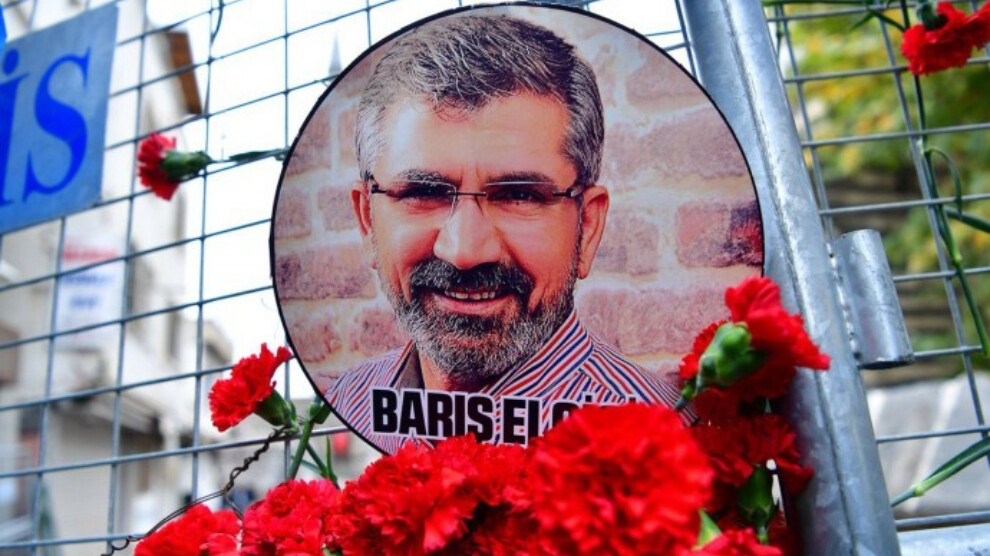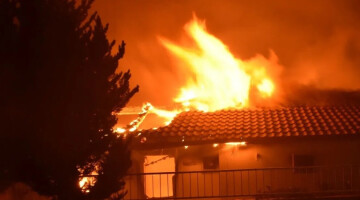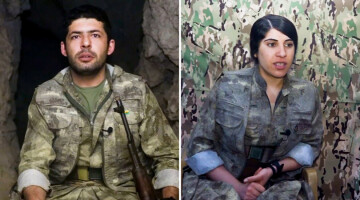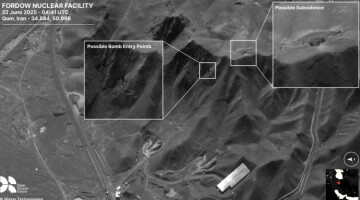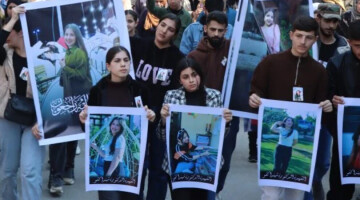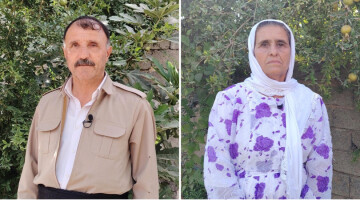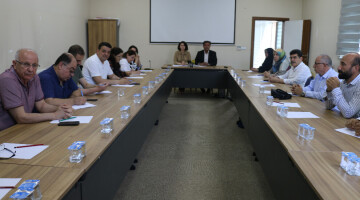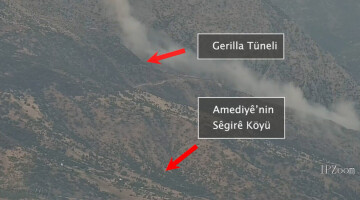In the trial over the killing in 2015 of the Kurdish human rights lawyer Tahir Elçi, a criminal court in Diyarbakır (kr: Amed) rejected a request by the joint prosecution for a new visit to the crime scene. Such an out-of-town visit to reenact the crime was not necessary at the moment, the presiding judge of the 10th Heavy Penal Court in Diyarbakır said at the seventh main hearing on Wednesday. The court will first await a report from the Scientific and Technological Research Council of Turkey (TÜBİTAK) on surveillance videos from a restaurant at the crime scene, as well as presumably deleted footage from police video documentation.
In October 2020, police officers Sinan Tabur, Fuat Tan ve Mesut Sevgi were charged with "involuntary manslaughter" in relation to the murder of Elçi. A sentence of between two and six years is demanded for the officers, who are still on duty today and do not have to appear in court in person but attend it via video conferencing system.
With Uğur Yakışır, a former YPS (Civil Defense Units) member who is alleged to have shot two police officers in the immediate vicinity on the day of Elçi's death, a fourth person is also charged in the trial. For him, the prosecution is demanding three life sentences each plus an additional 45 years in prison for the "murder of Tahir Elçi", the "murder of two police officers" and the attempted destruction of the unity and integrity of the state - although it has been proven that he did not shoot Elçi. Yakışır has also not appeared in court so far. He joined the guerrilla ranks in 2016.
At today's trial, the lawyers filed another motion for evidence, seeking to have several officers of the police intelligence service, who had overheard Uğur Yakışır and another YPS member by phone since 2014, heard as witnesses. This request was also rejected by the court. The trial will continue on 29 November 2023.
28 November 2015: A planned murder
On 14 October 2015, Tahir Elçi participated in the 'Neutral Zone' program presented by Ahmet Hakan at CNN Türk. Asked by Hakan whether the PKK was a terrorist organization, Elçi answered: "The PKK is not a terrorist organization".
After this program, the prestigious lawyer was exposed to an increasingly common lynching. Six days after the CNN Turk program, Elçi was taken into custody at the Amed Bar Association's legal aid building and taken to Istanbul for testimony. He was released after his testimony: he was to undergo judicial control and was forbidden to go abroad.
On 28 November 2015, Tahir Elçi was shot and killed during a press conference in the city of Diyarbakır in south-east Turkey. It was 10.53 when Elçi was shot at the Four Legged Minaret with a bullet in the back of his neck.
At the press conference, Elçi had appealed for calm in the city, amid a recent wave of violence. The weeks and months following his death, however, saw an escalation in the conflict that resulted in the near-total destruction of Diyarbakır’s historic centre, Sur, a historic resistance, the deaths of hundreds of civilians and the displacement of thousands more.
In a public address on the day of the murder, then Turkey’s Prime Minister, Ahmet Davutoğlu, pledged to apprehend the "unknown perpetrators", and promised that the state’s investigation would uncover the truth. "Politically-motivated assassinations", he added, "would not be tolerated".
Yet why was the PM delivering his speech, promising to catch the killers, while the authorities were failing (was it deliberate? One cannot but think it was, unfortunately) to secure or process the crime scene. They blamed the ongoing clashes in the area, and when investigators returned two days later and began collecting evidence, their work lasted very little.
In the end, the investigators gathered 43 pieces of evidence that had previously been identified and labelled for collection. Forty further pieces, from the area immediately around the base of the minaret, where Elçi was murdered, were not collected. Photographs and footage show civilians walking around the murder scene, which was clearly compromised.
Indeed, the bullet that killed Elçi was never recovered. It was only four months later, in March 2016, that investigators returned to carry out a new two-day examination of the murder scene.
Possibly even more disturbing was the fact that the police officers who could clearly be seen firing their weapons in Elçi’s direction at the press conference were never questioned as potential suspects, only as witnesses.
London University report: Police shot Elçi
Later in 2016, the Diyarbakır Bar Association commissioned London university Goldsmiths research group Forensic Architecture to examine the evidence in their possession. That included witness testimony, video footage, photographs and material from the crime scene investigation, and official and independent reports.
One of the first accusations made by the government was that, in fact, Elçi had been killed by PKK militants who were armed at the scene that day.
However, Forensic Architecture dismissed this claim with a rigorous reconstruction of what happened that day. The report said: "The results of our analysis confirm with near-certainty that neither of the PKK militants could have fired the shot that killed Elçi. In fact, for much of the time frame during which Elçi was hit, Gürkan was clearly holding his gun by the barrel, and thus unable to shoot. Yakışır does not appear to aim at Elçi at any point during the time frame, and eventually throws his gun at the police."
Forensic Architecture then concluded: "Based on our analysis, we concluded that police officers A and D had directly but partially obstructed lines of fire towards Elçi during the period in which they were visibly firing their weapons. Either could therefore have fired the fatal shot.
Police officer C is the only officer to have had a clear unobstructed line of sight towards Tahir Elçi, during the period in which he fired shots 24, 26, 28, and 29. He too could have fired the fatal shot."
Was Elçi given medical attention?
According to Forensic Architecture, "following the shooting, one of the four cameras continued to record for around 13 minutes. Throughout this time, as shots rang out intermittently from nearby streets, Elçi’s body lay on the ground unattended; nobody in the vicinity attempted to check his condition, or to give him medical attention. [...] 12 minutes and 30 seconds after the end of the investigative time frame – an armoured vehicle arrives, parking just centimetres from Elçi’s body. Shortly afterward, the camera stops recording."
Forensic Architecture: PKK militant can not be responsible for Elçi's death
On the eve of the reopening of the hearing on 3 March 2021, Forensic Architecture shared a tweet in which it said that “there is a problem with the indictment. In addition to the police officers we identified, one of the PKK members is also cited as Elçi's murder suspect. However, our findings clearly showed that PKK members did not shoot Elçi.”
The results of Forensic Architecture’s analysis confirmed with near-certainty that neither of the PKK militants could have fired the shot that killed Elçi. In fact, for much of the time frame during which Elçi was hit, Gürkan was clearly holding his gun by the barrel, and thus unable to shoot. Yakışır does not appear to aim at Elçi at any point during the time frame, and eventually throws his gun at the police.
In February 2019, Forensic Architecture published an extended report on their investigation through openDemocracy, exploring in depth some of the wider context behind Elçi’s death, and their investigation. The report can be read here.

